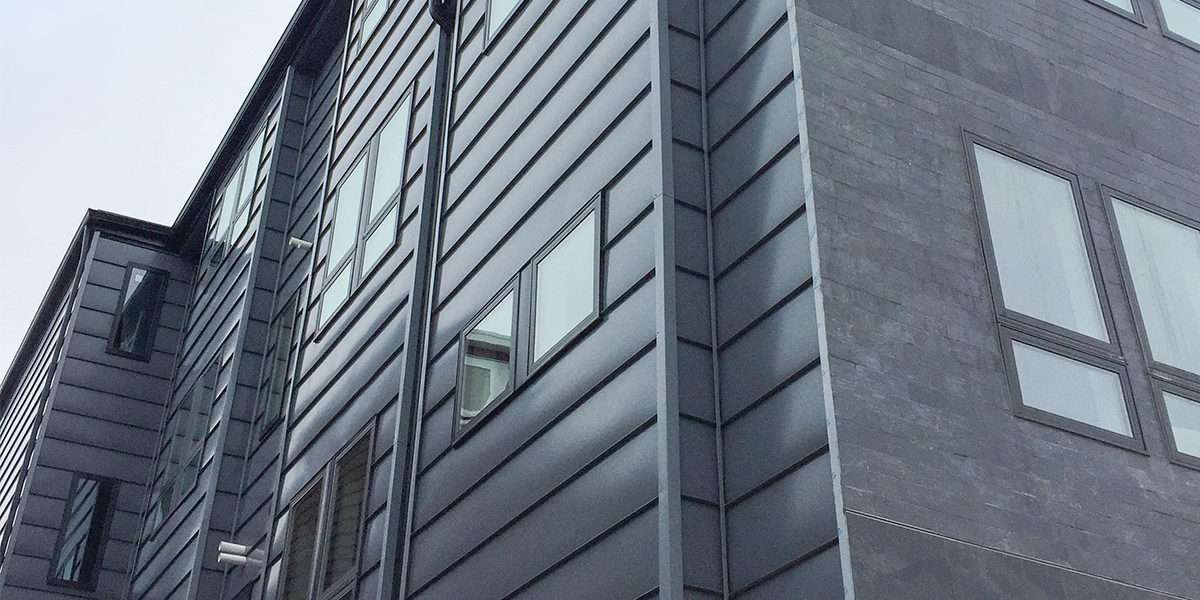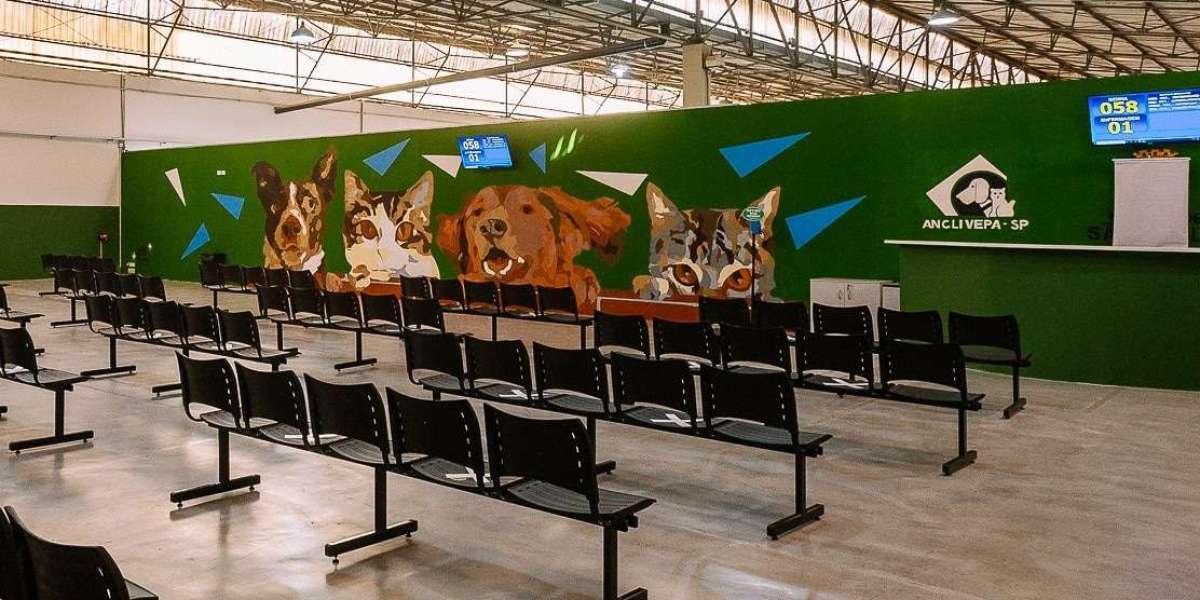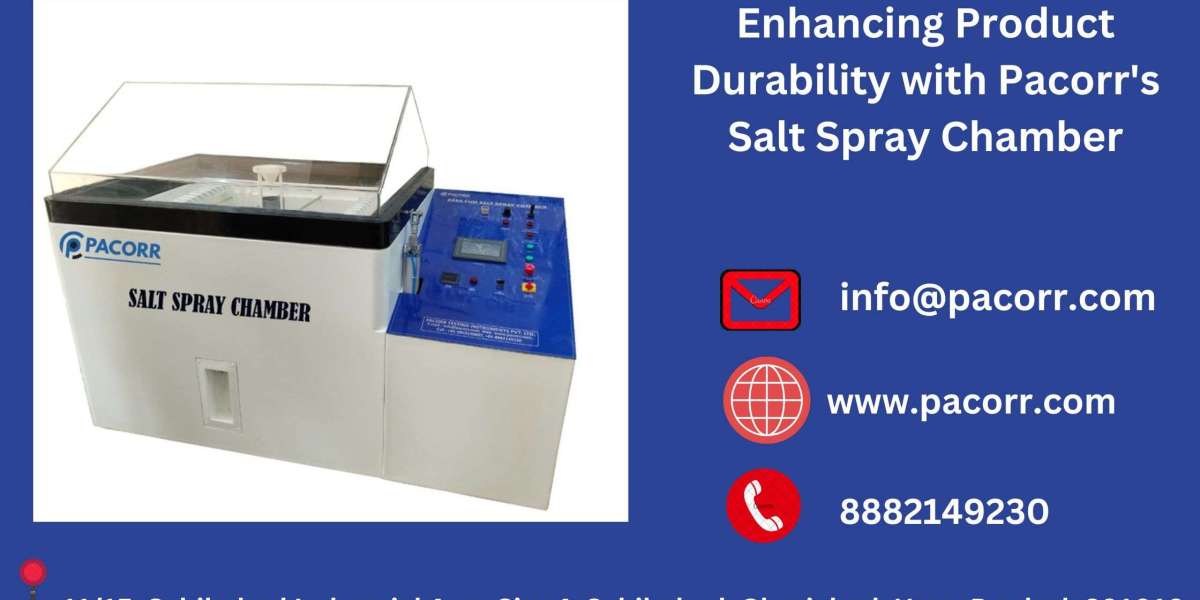As architectural trends evolve toward cleaner lines, energy efficiency, and modern aesthetics, metal wall panels have emerged as a top choice for residential, commercial, and industrial construction. Not only do these panels offer exceptional durability, but they also allow for creative flexibility, helping architects and builders achieve stunning visual designs.
What Are Metal Wall Panels?
Metal wall panels are flat or corrugated panels made from metals like aluminum, steel, copper, or zinc. These panels are used as exterior or interior wall cladding in buildings to provide protection, insulation, and design versatility.
They are commonly factory-formed and coated with protective finishes, offering resistance to corrosion, fire, pests, and weather damage.
Types of Metal Wall Panels
There are several types of metal wall panel systems available, each suited for different functional and aesthetic needs.
1. Single Skin Panels
These are simple, cost-effective panels made from a single layer of metal. They are often used in warehouses, storage facilities, and agricultural buildings.
Best for:
- Budget-conscious projects
- Large industrial buildings
- Quick installation
2. Insulated Metal Panels (IMPs)
IMPs are multi-layered panels consisting of two metal sheets with a foam core in between. They offer high thermal efficiency and structural support.
Best for:
- Energy-efficient buildings
- Cold storage and clean rooms
- Sustainable commercial projects
3. Composite Panels
These panels consist of metal skins bonded to a non-metal core (often a polyethylene or fire-retardant material). They provide high rigidity and flatness, ideal for sleek modern facades.
Best for:
- High-end commercial buildings
- Offices and airports
- Retail centers
4. Perforated Panels
Perforated metal wall panels feature custom hole patterns that can be both decorative and functional—for ventilation or acoustic purposes.
Best for:
- Façade design accents
- Sunshades and screens
- Interior decoration
5. Corrugated Panels
These panels have a wave-like profile that adds strength and a rugged industrial aesthetic. They're widely used in agricultural and industrial settings but are gaining popularity in modern homes.
Best for:
- Barns and factories
- Rustic-modern home exteriors
- Roofing and siding combinations
Key Benefits of Metal Wall Panels
1. Durability and Strength
Metal wall panels are built to last. They can withstand extreme temperatures, high winds, rain, snow, and even fire. Many are treated with corrosion-resistant coatings for even longer life.
Lifespan: 40 to 60 years, depending on material and maintenance.
2. Design Flexibility
Metal wall panels come in a wide range of colors, textures, and finishes. Architects can use them to create geometric patterns, curved surfaces, or mixed-material façades.
Applications include:
- Vertical or horizontal orientation
- Accent walls
- Custom designs with laser cutting
3. Energy Efficiency
Insulated metal panels significantly reduce heat transfer and are often used in buildings aiming for LEED certification or net-zero energy goals.
Benefits:
- Reduced heating and cooling costs
- Improved indoor climate control
- Potential tax incentives for green building
4. Low Maintenance
Unlike wood or vinyl siding, metal panels require very little upkeep. Occasional cleaning and inspections are enough to keep them in top shape.
Resistance to:
- Mold and mildew
- Termites
- Fading and warping
5. Lightweight and Easy to Install
Metal panels are relatively lightweight compared to traditional masonry or concrete, making transportation and installation easier and faster.
Result:
- Lower labor costs
- Quicker project timelines
6. Sustainability
Many metal wall panels are made from recycled materials and are fully recyclable at the end of their lifespan, making them an eco-friendly option.
Environmental perks:
- Reduced construction waste
- Lower carbon footprint
- Supports green building standards
Modern Architectural Applications of Metal Wall Panels
Commercial and Office Buildings
Modern office buildings increasingly rely on metal wall panels for their clean, professional look. Designers use them to create sleek facades that reflect innovation and reliability.
Common features:
- Metallic finishes
- Integrated lighting
- Vertical and horizontal cladding
Residential Homes
Metal panels are becoming more popular in custom homes, particularly in urban or contemporary designs. Homeowners love their modern aesthetic and low maintenance.
Popular uses:
- Accent walls
- Modern farmhouse exteriors
- Roof-to-wall continuity
Retail Stores and Malls
Retail centers benefit from eye-catching façades that metal panels can deliver. Custom colors and patterns help brands stand out in competitive markets.
Hospitality and Hotels
Architects use metal wall panels to create a memorable first impression for hotels and resorts. Panels can mimic wood, stone, or other premium materials without the high cost.
Industrial and Agricultural Facilities
Durability, cost-efficiency, and quick installation make metal panels ideal for warehouses, barns, and factories. Corrugated panels are especially popular in these sectors.
Final Thoughts
Metal wall panels offer a powerful combination of form and function. Whether you're looking to add a modern edge to your home, increase energy efficiency in a commercial building, or reduce long-term maintenance costs, metal panels are a smart, versatile solution.






